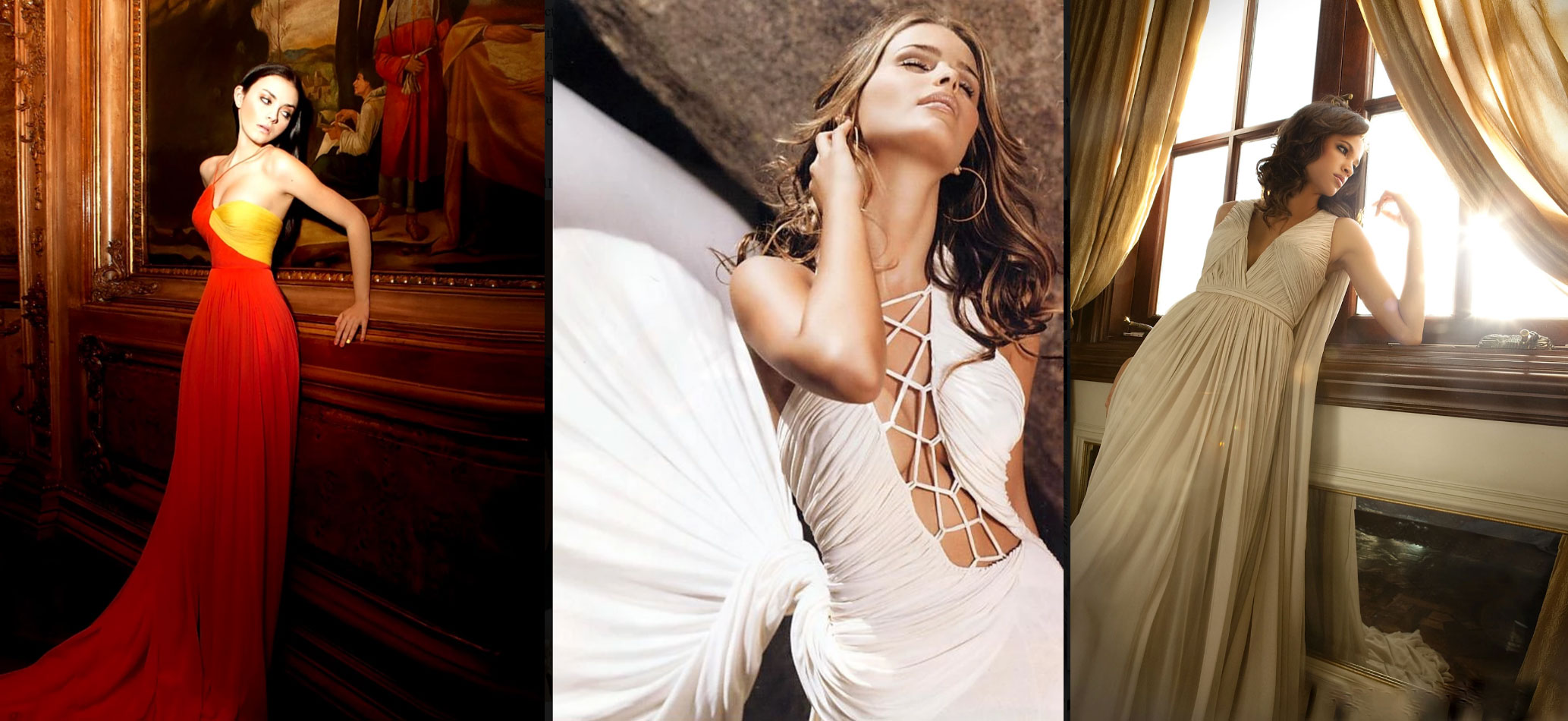Madame Grès
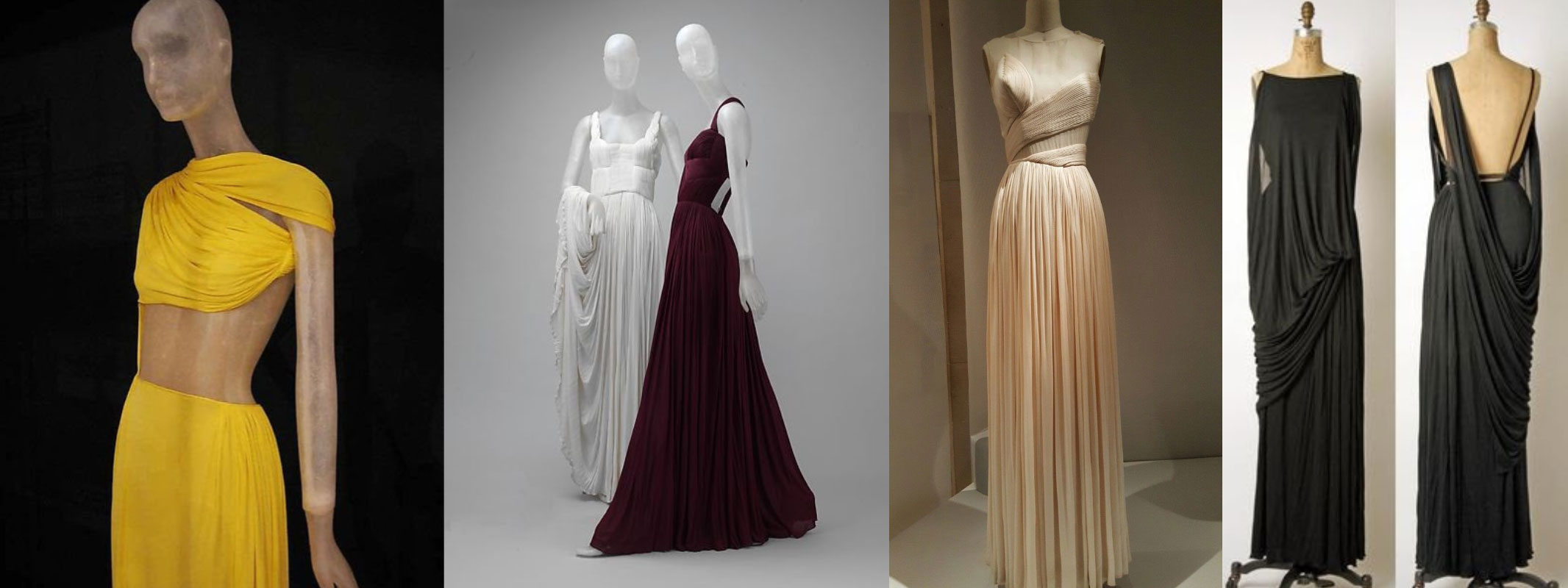
I want to dedicate today’s post to an important artist and a woman couturier (as you know we have only a few).
Madame Grès (1903-1993) born Germaine Émilie Krebs, also known as Alix Barton and Alix, was a leading French couturier of her generation and costume designer. She is quite possibly one of the most important—yet elusive—designers of the 20th century. She was an unparalleled technician when it came to couture and known for using delicate pleats which turned ordinary fabric into Greek sculpture.
“I wanted to be a sculptor. For me, it’s the same thing to work the fabric or the stone” Grès once said.

I also feel personally connected to Madame Grès, as I worked as an Assistant Designer for Lloyd Klein 10 years ago, who was previously the Head Designer for Madame Grès.

She was born and raised in Paris, France. Early in life, Grès studied painting and sculpting. Grès originally dreamed of becoming a sculptress but after many objections from her family she shifted her interests towards the art of fashion design and clothing making. Using her formal training in sculpture, Grès was able to apply her sculpting techniques to her fabric forms. Grès’s first job in the industry of fashion was a woman’s hat maker where she excelled until she began focusing on couture dressmaking. After distinguishing her area of interest, Grès received her early training in haute couture dressmaking at the fashion house, Maison Premet, a house known for requiring extreme perfection.
In 1932, Grès opened her first couture fashion house, La Maison Alix, up until 1942. During this time, Grès’s infamous style of classical drapery and elegant gowns became the signature of the couture fashion house.
Grès (then known as Alix) became one of the leading designers of that time, designing for many notable figures such as the Duchess of Windsor, Paloma Picasso, Grace Kelly, Marlene Dietrich, and Greta Garbo.

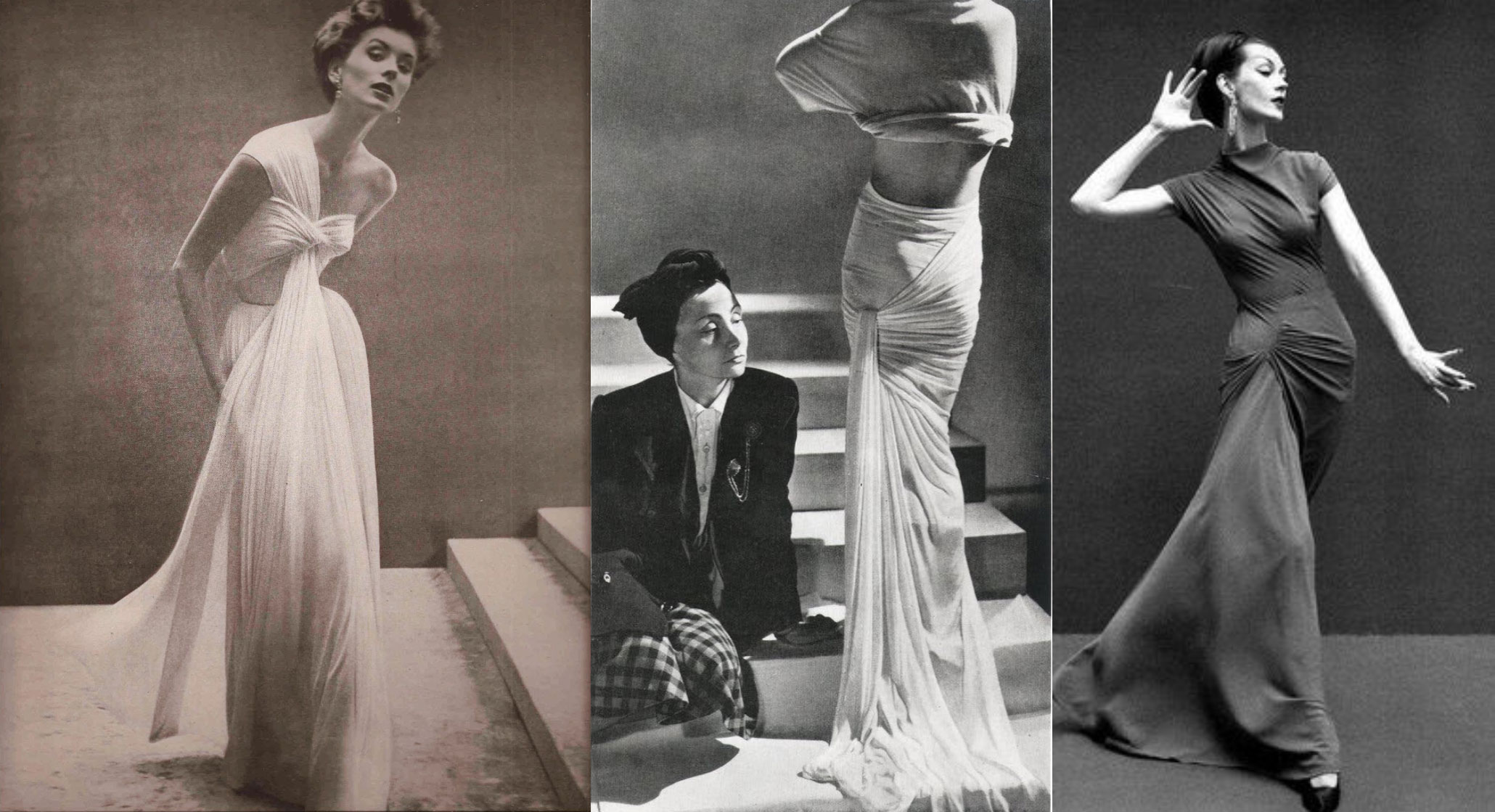
In 1942 after marrying a Russian painter, Serge Czerefkov, she created the name Grès, a partial anagram of the first name of her husband. She stayed open for a little while when German troops invaded Paris, but against the orders, Grès continued to design garments that mirrored the colors of the French flag. Consequently, she was ordered to close her fashion house till the war was over.
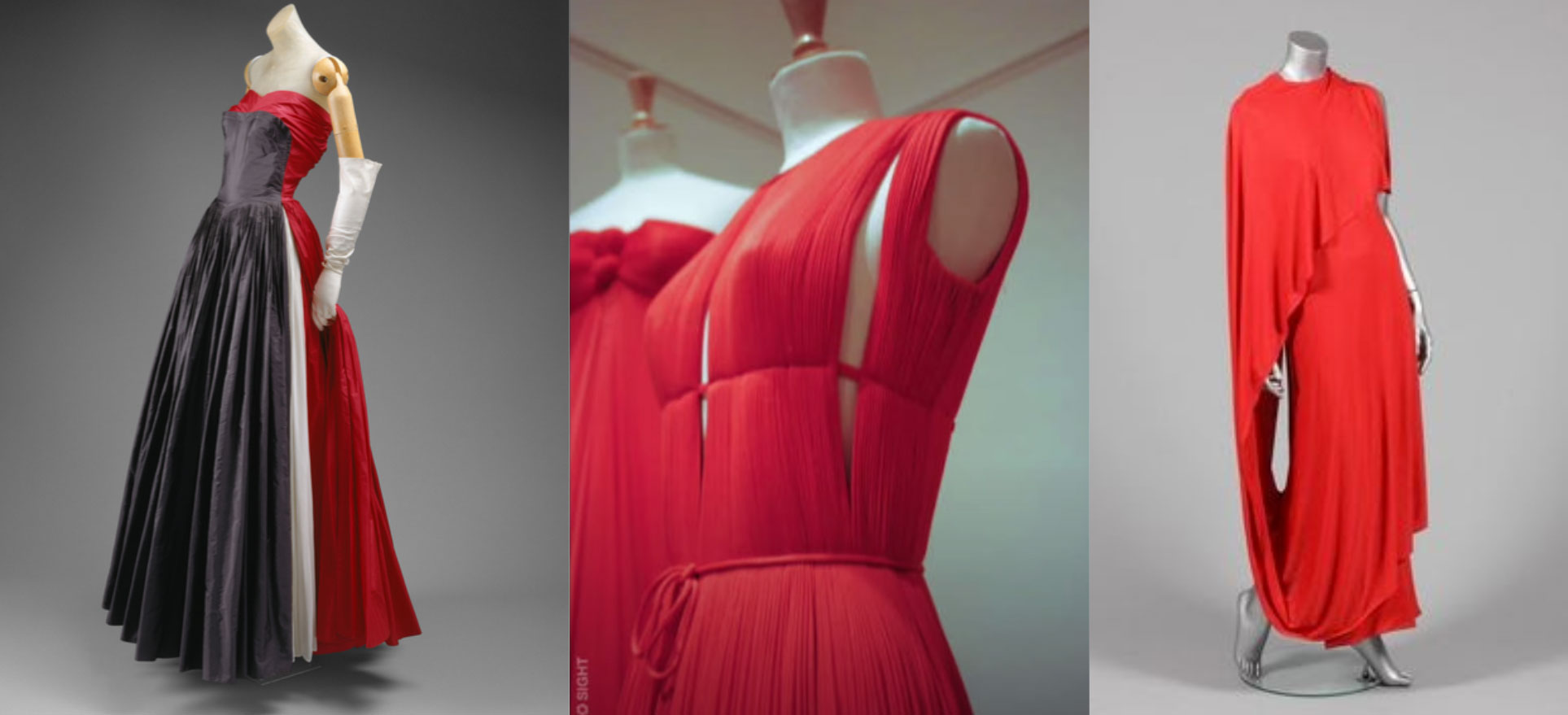
Throughout the 1940s, Madame Grès began constructing and perfecting her most notorious garments: the elegantly draped Grecian goddess gowns. These dresses could take anywhere up to three hundred hours to complete with each pleat being done by hand draping the cloth so the body shaped the dress. Grès’s signature dress perfectly captures who Grès was as a fashion designer.
Her painstaking attention to detail, regard for the human body, and simplistic effects can be seen in each of her gowns.Her favorite fabric was silk jersey, and a single dress could take from 13 to 21 meters. Her talent for pleating could reduce 9 feet of fabric into a mere 2.8 inches. The drapery of her gowns also showed her technical virtuosity. Long swags of continuous strips of fabric would be incorporated into the front and back of a gown, giving her work a sense of classical antiquity. She also introduced the idea of cutouts, creating little windows in her gowns which revealed the back or shoulder. Wearers of her gowns have said that they felt perfectly secure in her gowns, so the construction was impeccable.
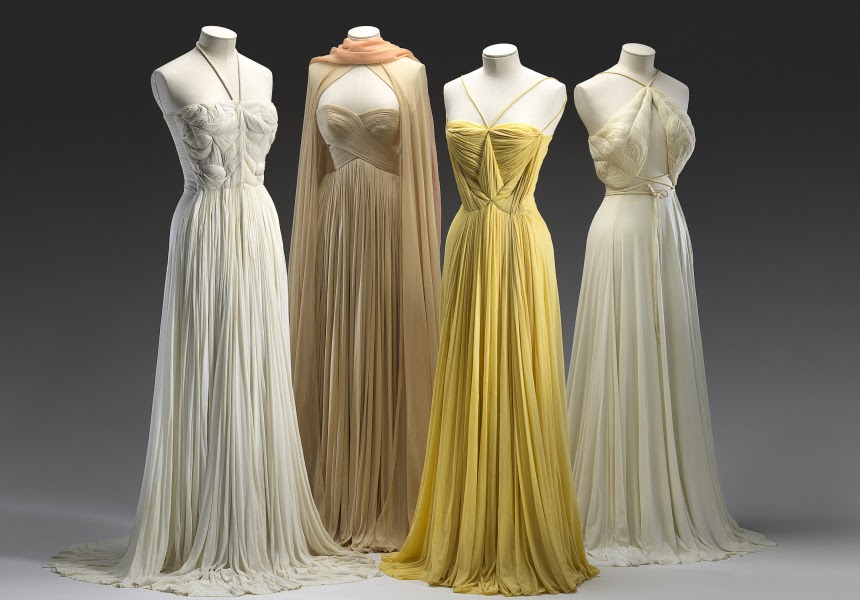


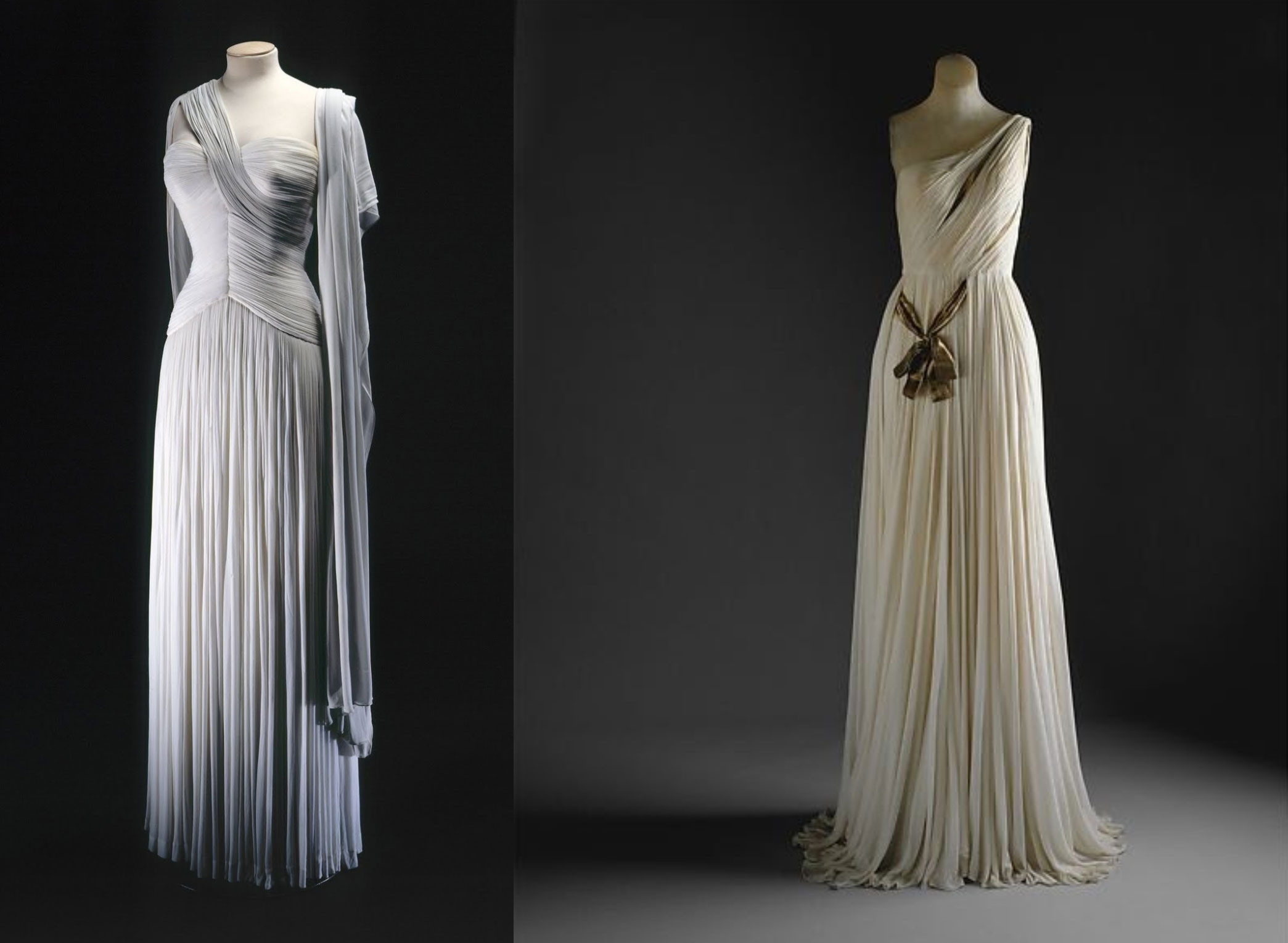
Grès had an extraordinarily long career. She continued to design at her fashion house up until her 80’s, and she retired from the Grès fashion house in the late 1980s. Throughout this period, which encompassed huge changes in fashion, her work remained consistent and timeless. “Once one has found something of a personal and unique character, its execution must be exploited and pursued without stopping,” she said. Her work remains timeless, any one of her elegant gowns could be seen walking a red carpet today. It is easy to see the “extreme purity” Grès would strive for in her work.
After retiring, due to poor business dealings regarding the licensing of her signature perfume, Cabochard, Madame Grès lost her fortune that she worked six decades to build leaving her living in poverty. Her dear friends Hubert Givenchy, Pierre Cardin, and Yves Saint Laurent helped Grès rent an apartment in the 16th arrondissement in Paris and continue sewing garments for friends.
The House of Grès was bought by Bernard Tapie and then later Jacques Esterel.
In 1993, Grès’s daughter, Anne, moved her to a retirement home in near Toulon, France. On November 24, 1993, just a few days before her 90th birthday, Grès died. Her death was made public a year later.
The Gres house’s assets were liquidated and the fashion house was sold to Yagi Tsusho Limited, a Japanese company, in 1993 they hired Lloyd Klein as the head designer.
Lloyd Klein worked as a head designer for a few years before he ventured into his own label name and moved to Los Angeles as a celebrity designer. This was where I ended up working as an assistant designer and being introduced to Madame Gres legacy and style of work that Lloyd was following notoriously.
Some images from his label that I worked for:

